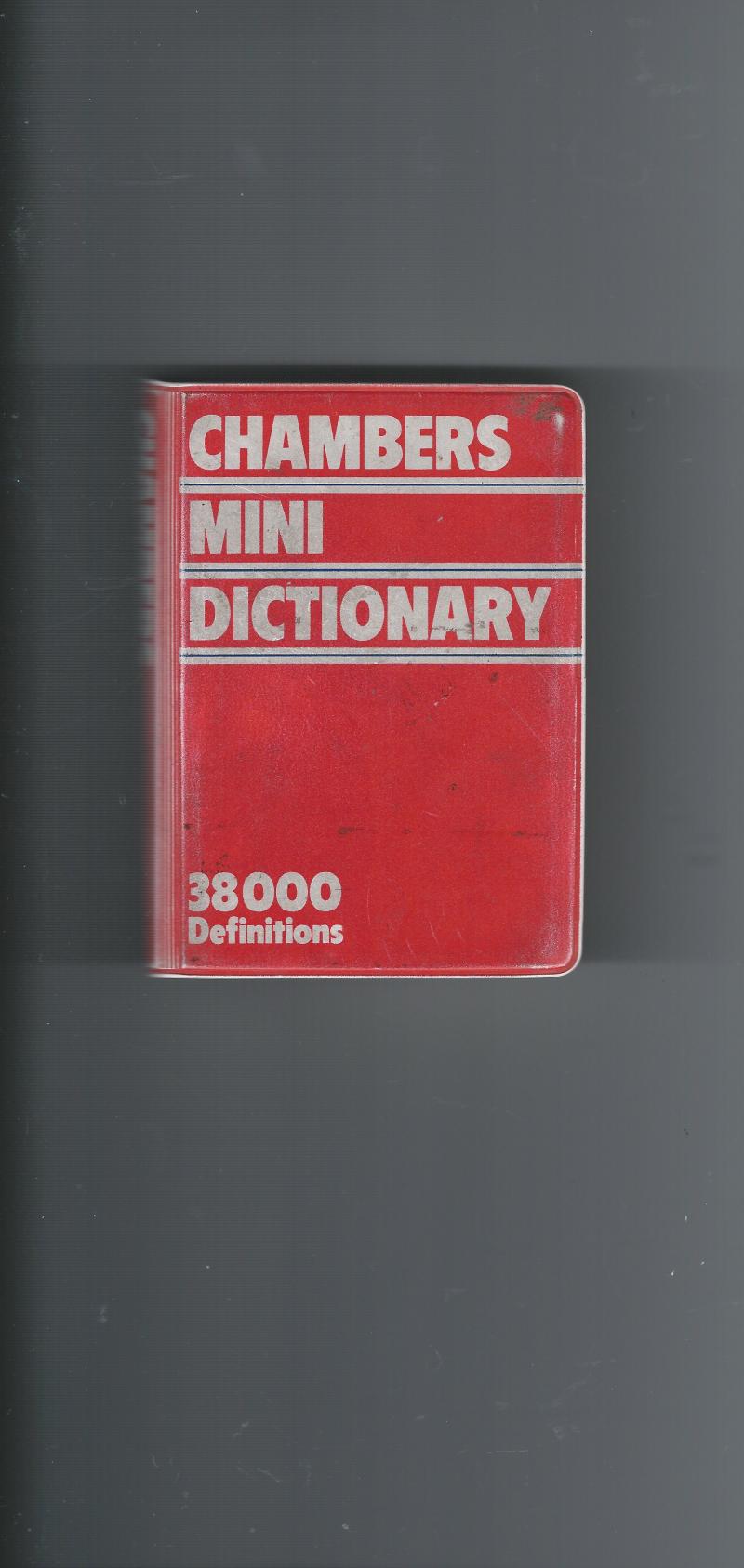To all following this disagreement, from one or two and wishing to see the next exciting post (Building Regulations and British Standard 6576)
Oh! by the way Joe, read your last post again and you'll find you have quoted rising damp in the regs (unless "resist the passage of moisture from the ground to the inside of the building, is achieved by an Indian faker, playing his flute" ) Oh! and I never mentioned the British building regulations (actually called the Building Regs , as we in Scotland, via The Scottish Building Standards Agency have our own Building (Scotland) Regulations, so British just doesn't apply)
) Oh! and I never mentioned the British building regulations (actually called the Building Regs , as we in Scotland, via The Scottish Building Standards Agency have our own Building (Scotland) Regulations, so British just doesn't apply)
Tony, get a life, or a spelling diploma, your obviously diligent enough for it


Over and out...pinenot
Oh! by the way Joe, read your last post again and you'll find you have quoted rising damp in the regs (unless "resist the passage of moisture from the ground to the inside of the building, is achieved by an Indian faker, playing his flute"
Tony, get a life, or a spelling diploma, your obviously diligent enough for it
Over and out...pinenot


